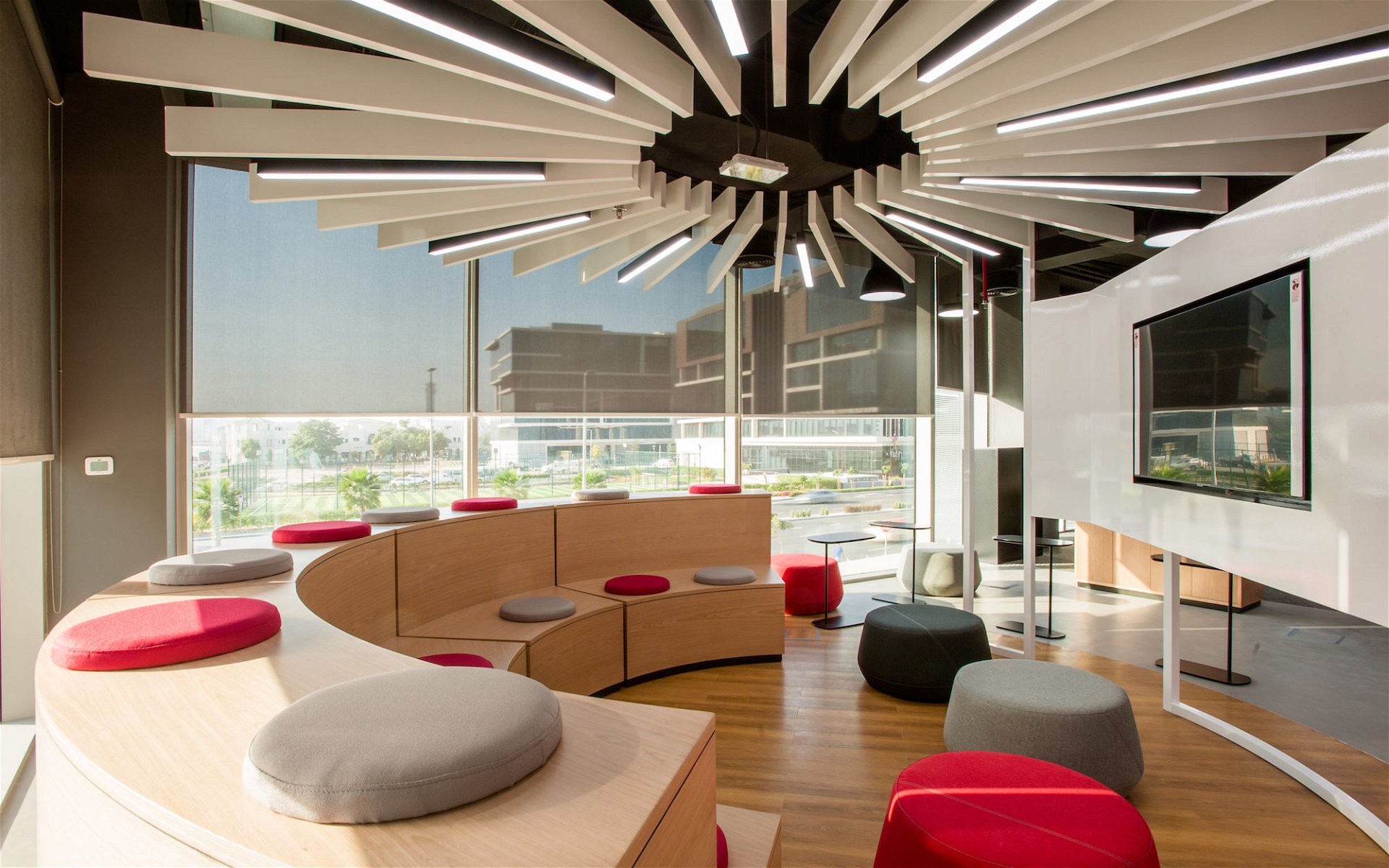Creating Commercial Spaces That Promote Movement
Jennie Stallings is Partner and Commercial Manager at ChelseaGREEN, and a member of the WELL Movement Advisory Board

Movement and health
According to World Health Organisation research, physical inactivity is the fourth leading risk factor for global mortality, responsible for 6% of deaths worldwide. WHO also found that one in four adults do not meet the recommended levels of physical activity, and people who are insufficiently active have a 20% to 30% increased risk of death compared to people who are sufficiently active. When we minimise sedentary behaviour, we can reduce the risk of serious conditions such as obesity, cardiovascular disease, type II diabetes, and cancer. Even smaller bouts of movement and low-intensity physical activity have been shown to accrue tangible health benefits over time. With a third of our lives spent at work, how we move in the office matters.
Adapting environments, changing mindsets
Keeping people moving throughout the day is not a new idea, but creating effective, long-term solutions employees are willing to embrace can be challenging. While we automatically think of the basics like adjustable sit/stand desks and tailoring workstations to fit the user rather than the other way round, there is much more to be done by looking at the broader picture. Active design goes beyond the microenvironment of the workspace and explores how the building as a whole promotes or hinders movement. This means adapting the physical surroundings to provide more appealing spaces to get up and move, highlighting opportunities for employees to do so, and most importantly, building a culture that encourages and incentivises activity. Where the company culture needs to change, that shift should be led from the top. A significant factor is making sure management recognise that sitting in a seat doesn’t necessarily equal productivity or efficiency. In fact, the opposite can be true. When we take a movement break, we return to a task feeling refreshed, focused and better able to retain information. An office can have the most forward-thinking design and inspiring areas to interact, but nothing will change if an employer’s expectations are linked to how long staff sit at a desk. Every workplace is different, and best practice advisories can get ignored if the information doesn’t suit the business’s individual circumstances. Working with a workplace wellness expert is the best way to set specific goals, and design a programme that is culturally and contextually relevant to the team. The strategy then needs to be communicated properly internally and the proper support offered, so people are empowered to make new behaviours a habit.



A few general tips that companies might want to explore include:
Ergonomic workstations Let’s start with a simple but important step. Ergonomics aims to reduce physical stress and avoid injuries that can happen when muscles are continually overused and the body is misaligned. The proper workstation set-up supports your body in a neutral position, allowing you to sit or stand comfortably for prolonged periods. Screens should be about an arm’s length away, with the top of the screen around eye level
Use the stairs Climbing the stairs is a great way to move, however, staircases are too often underused, hidden from sight, and left as a last resort for emergency use. By transforming stairwells into a more attractive, visible space with suitable lighting and appealing materials, people are more like to use them.
